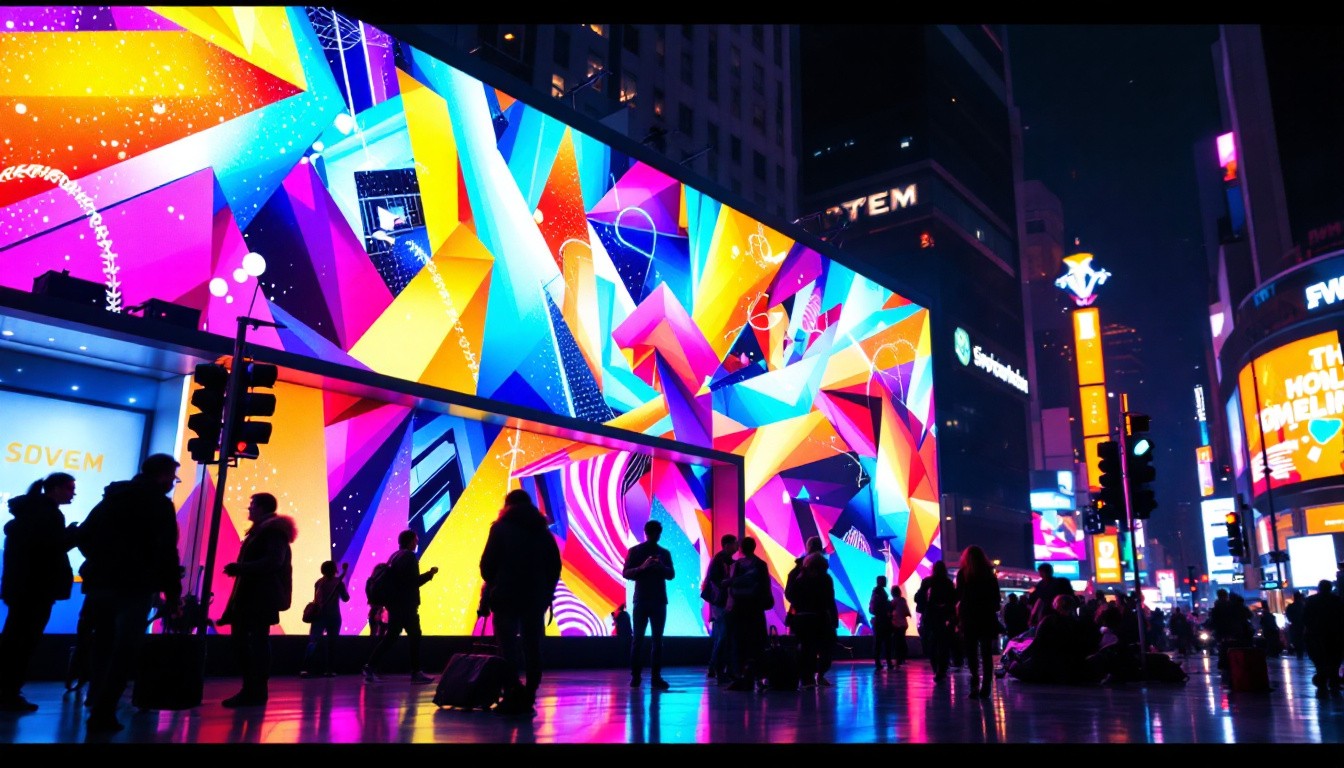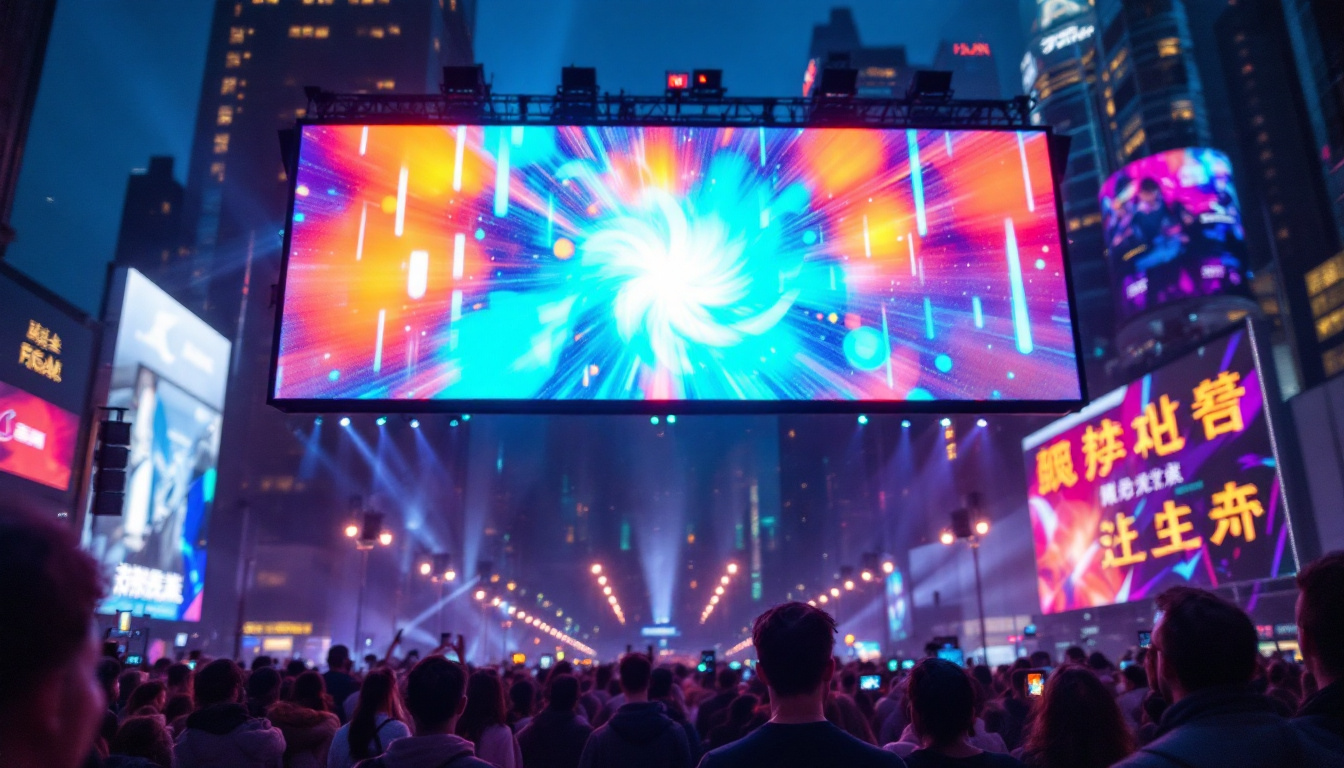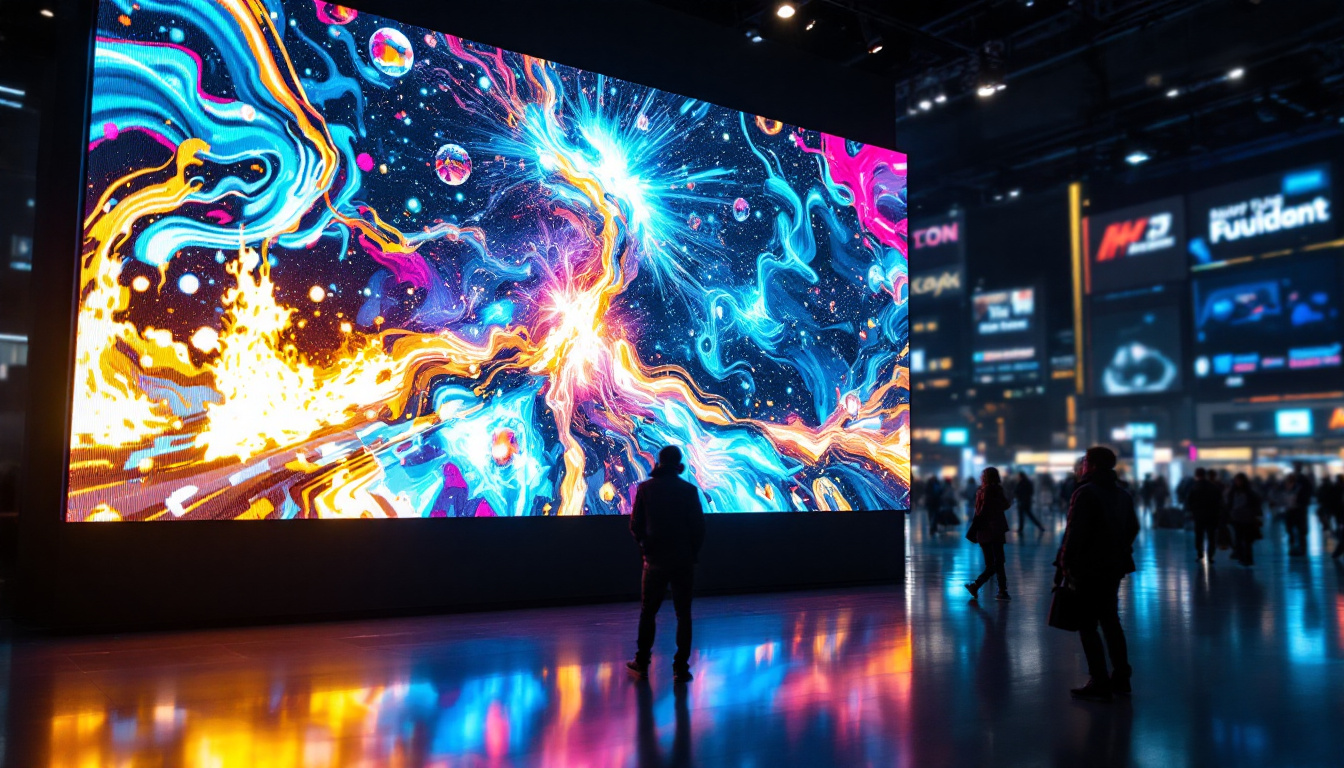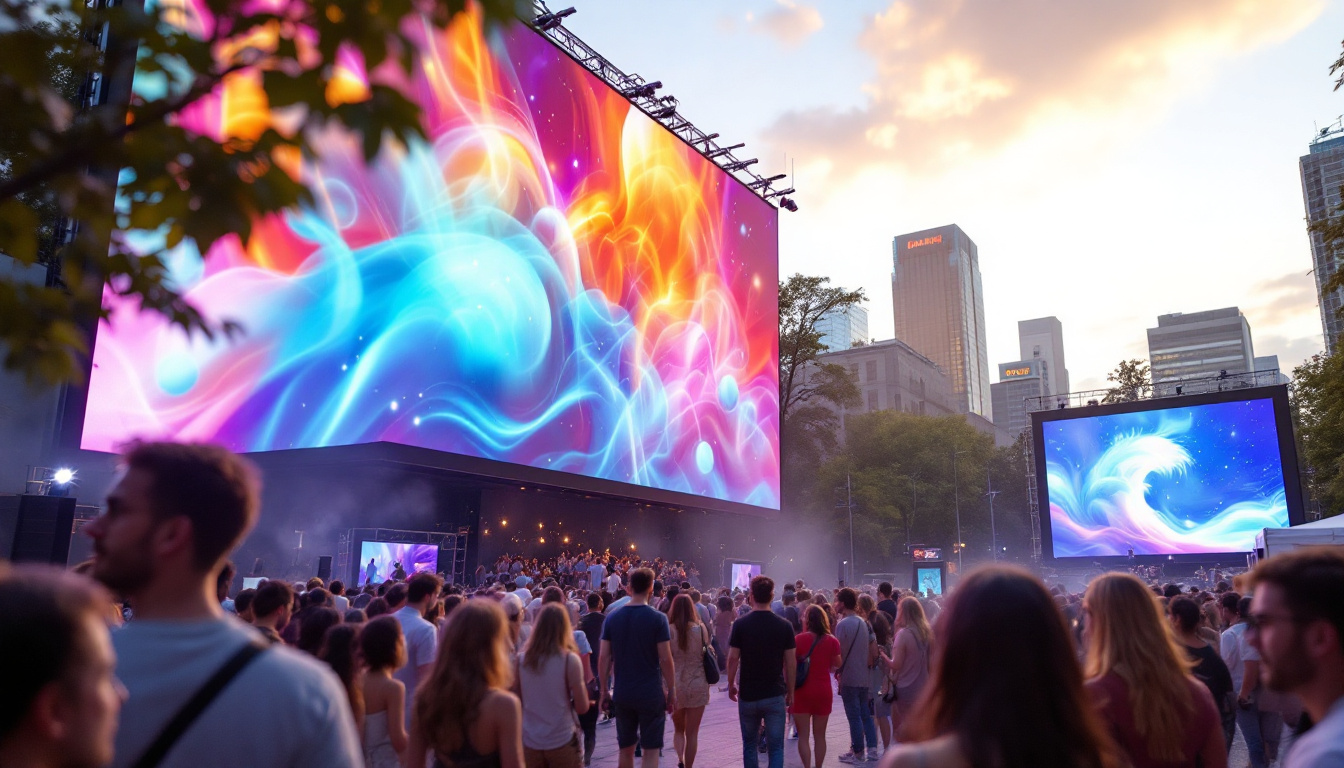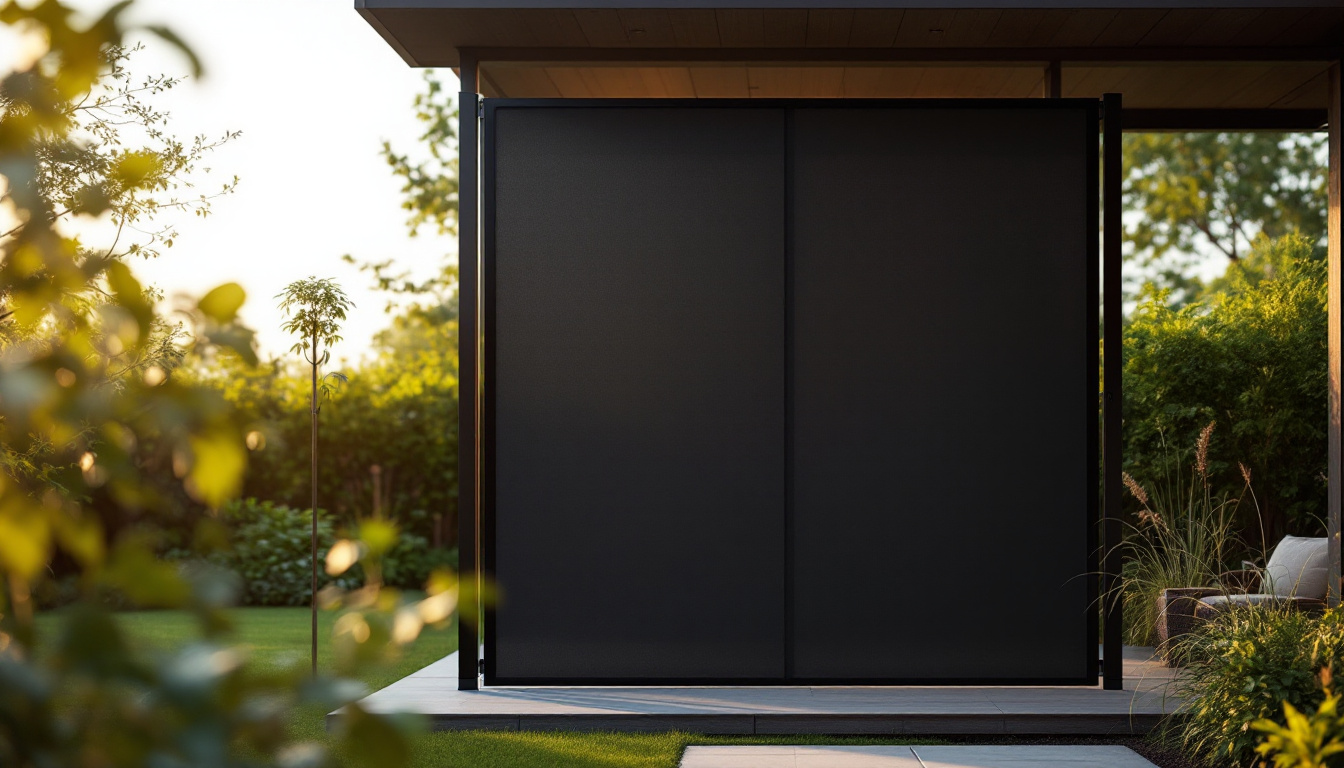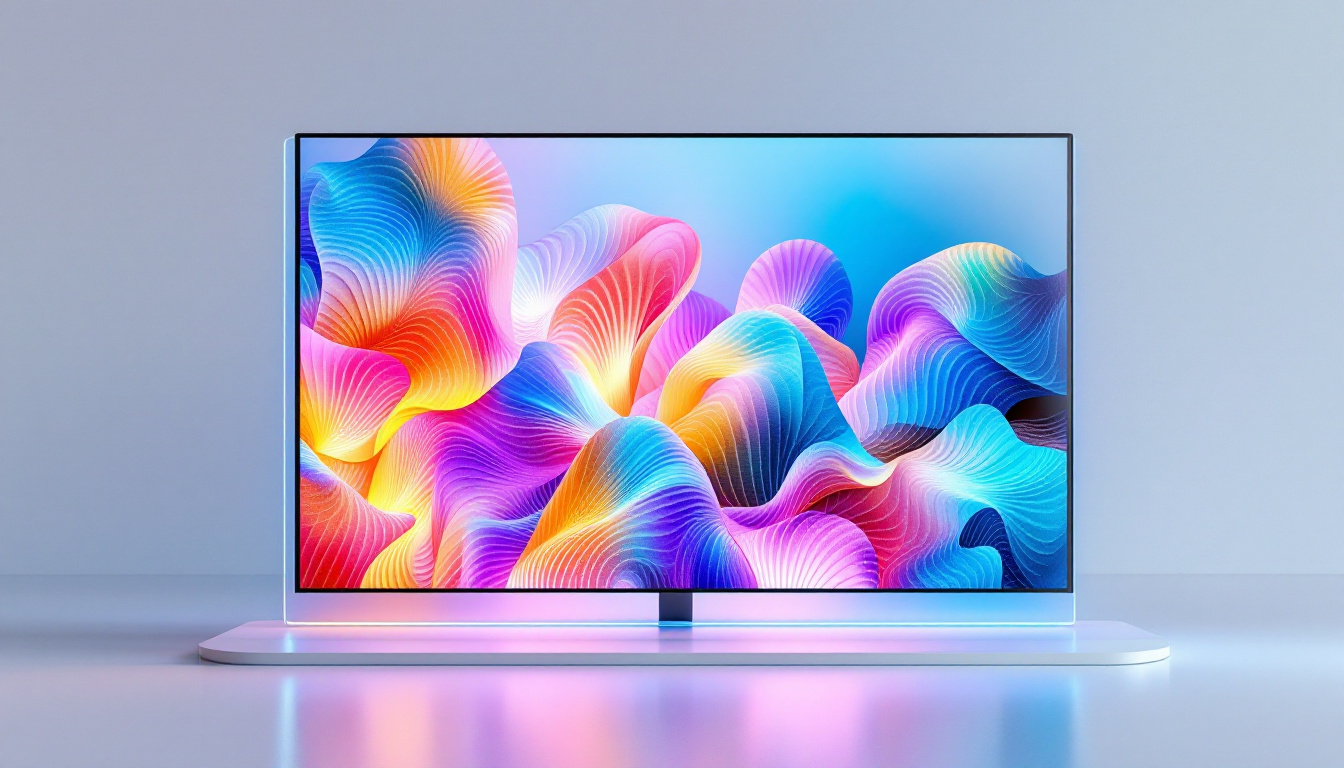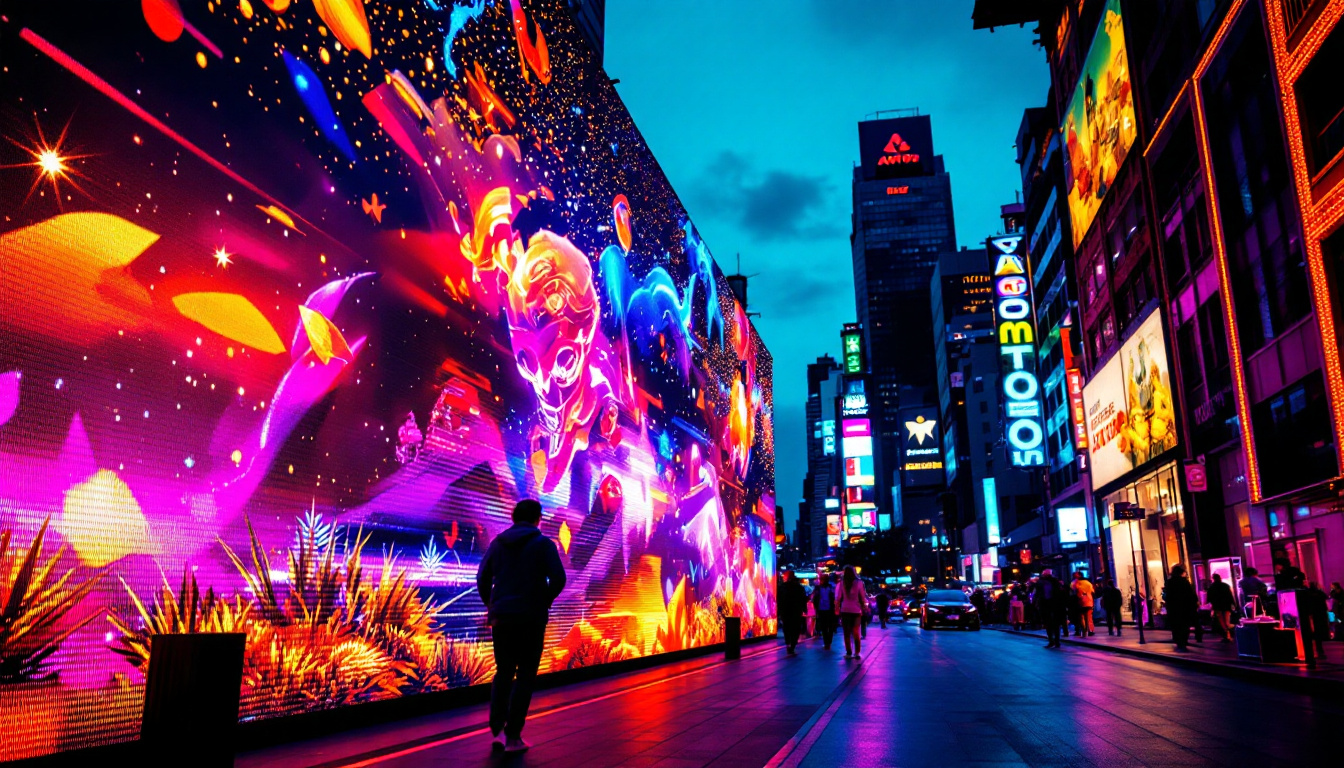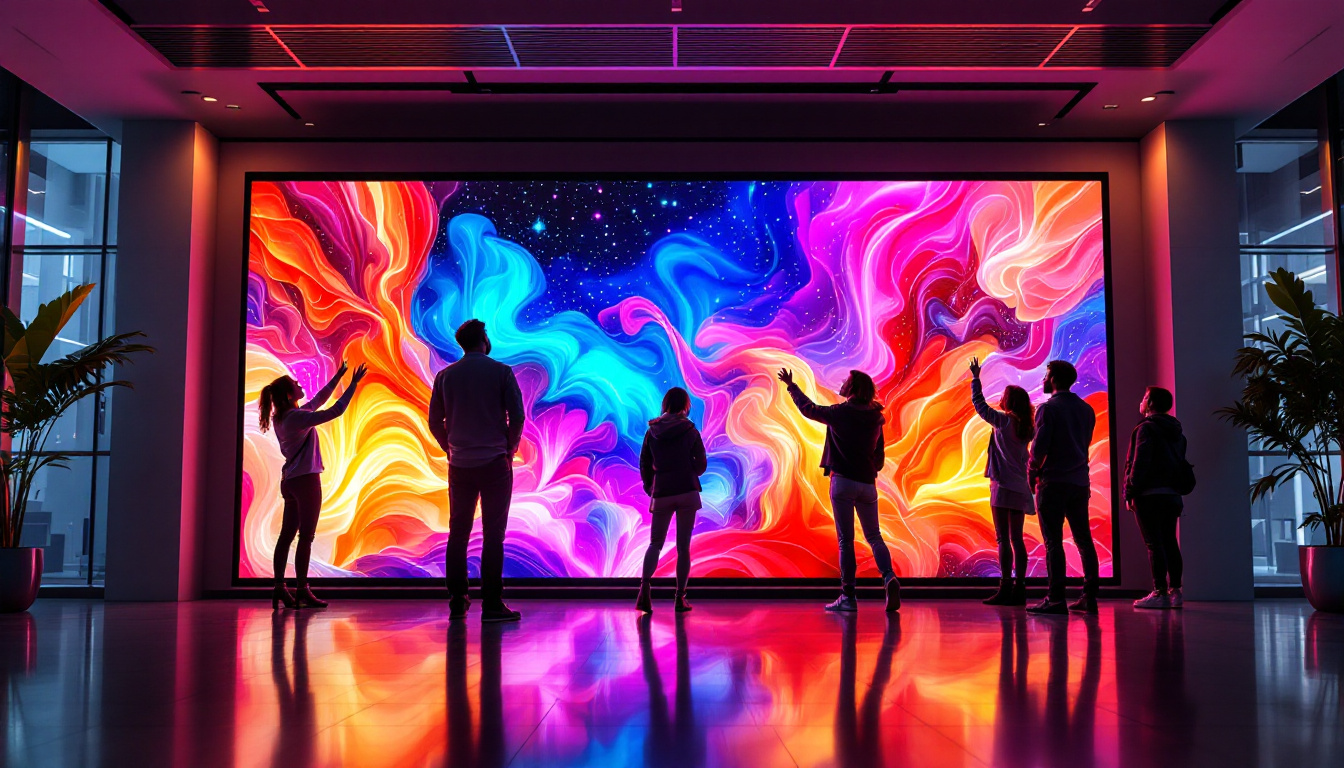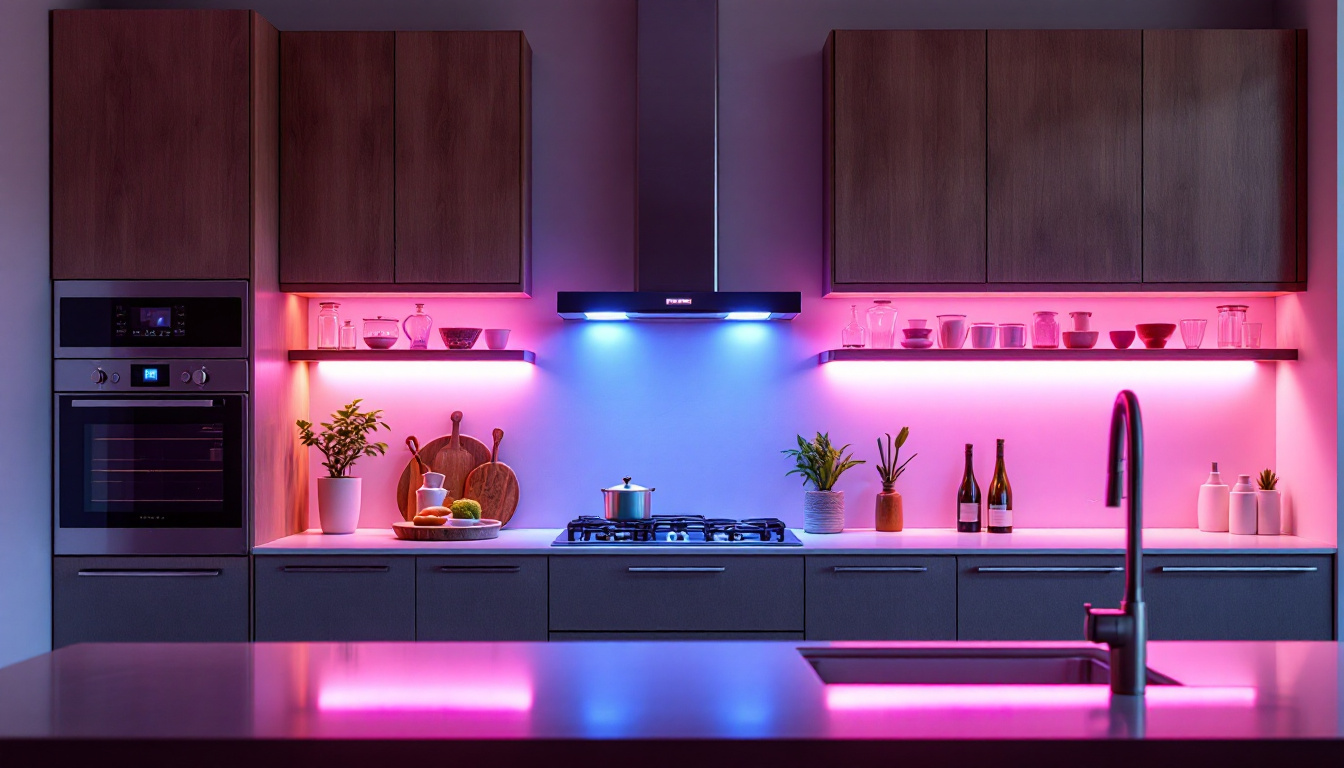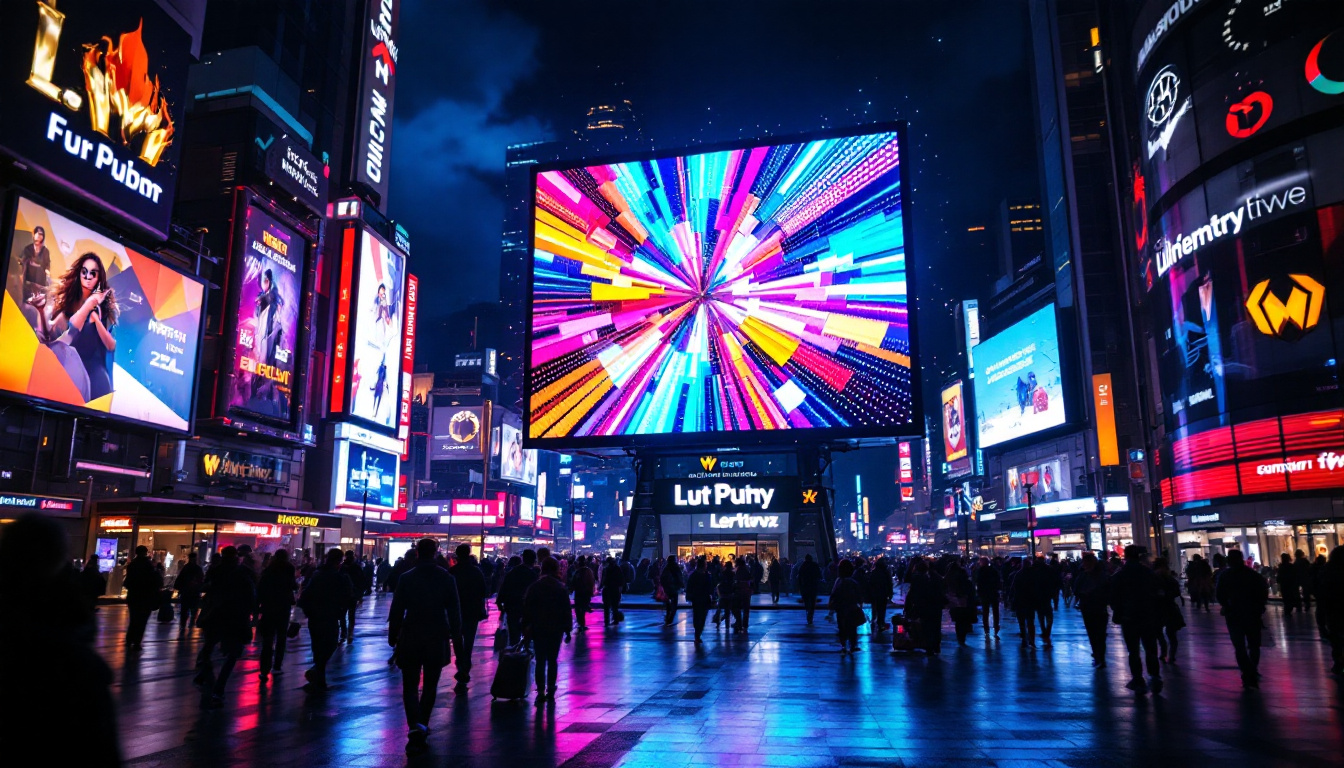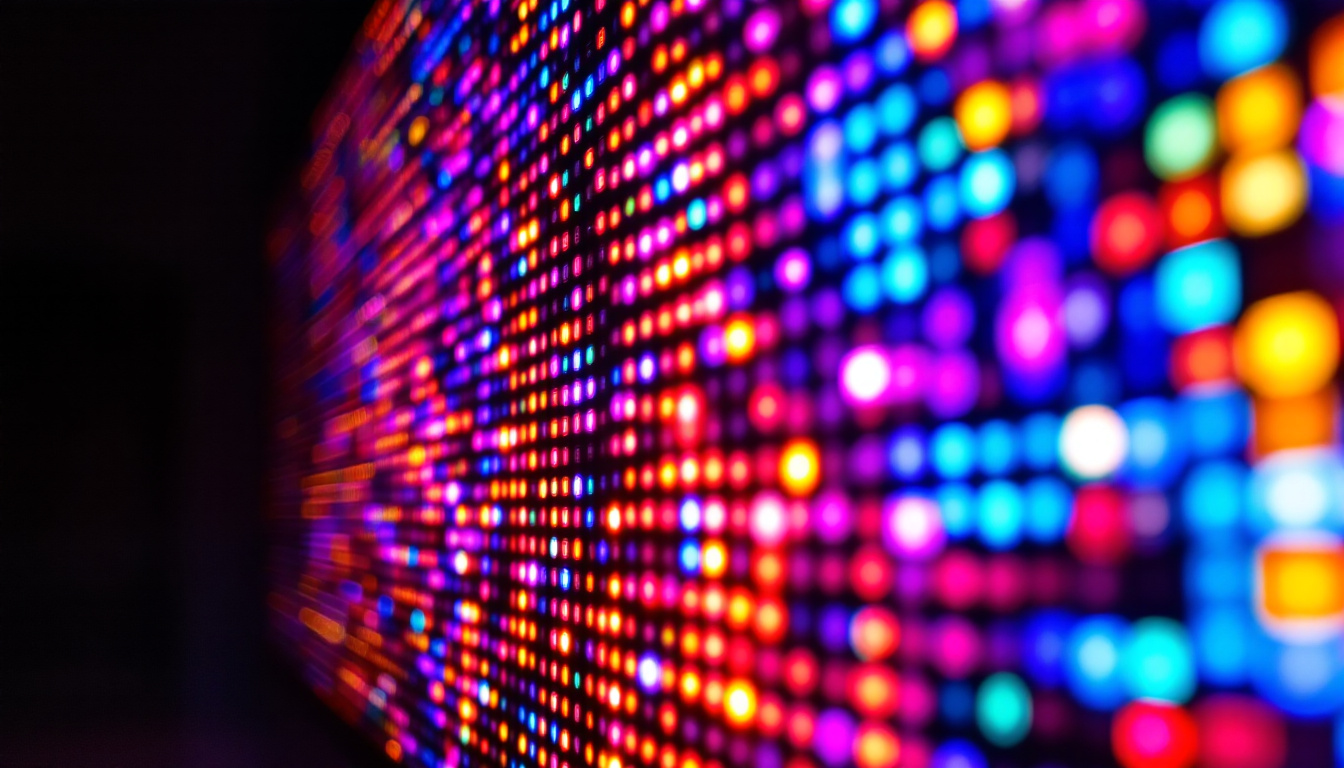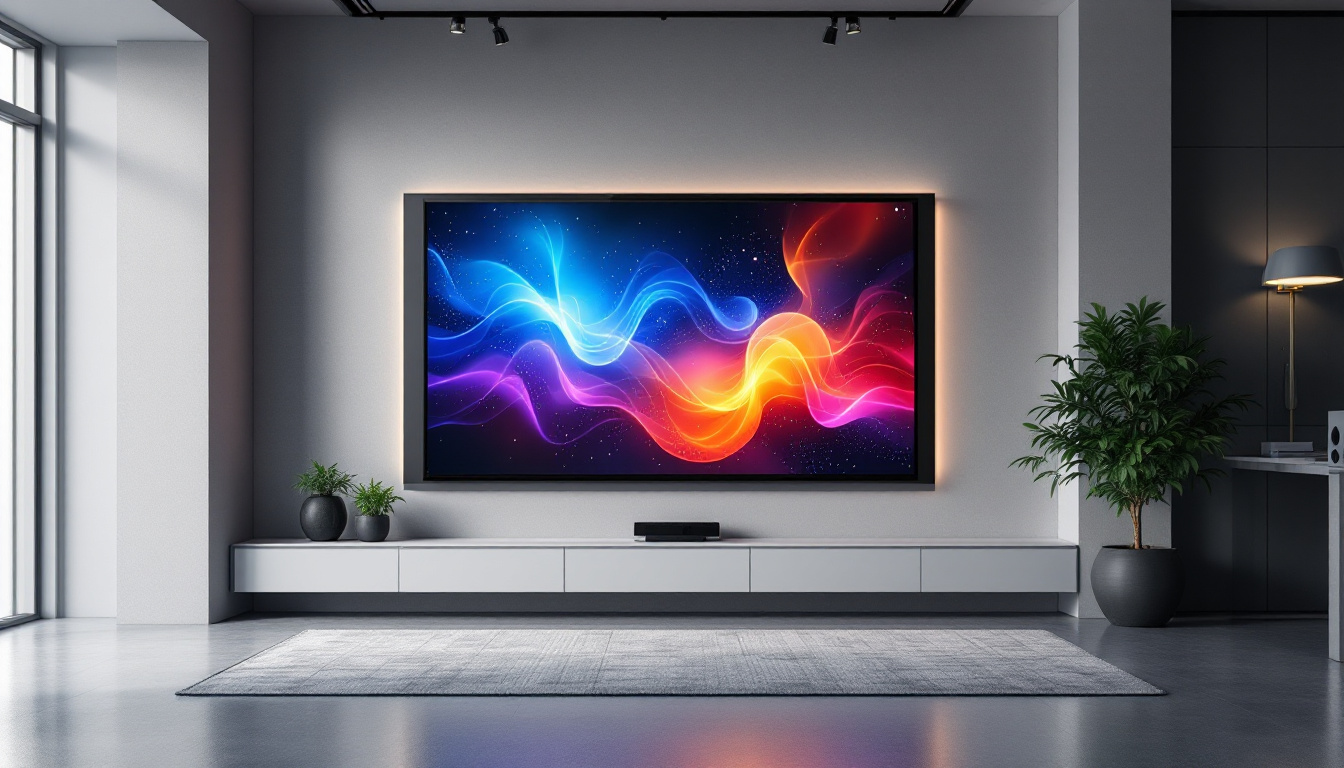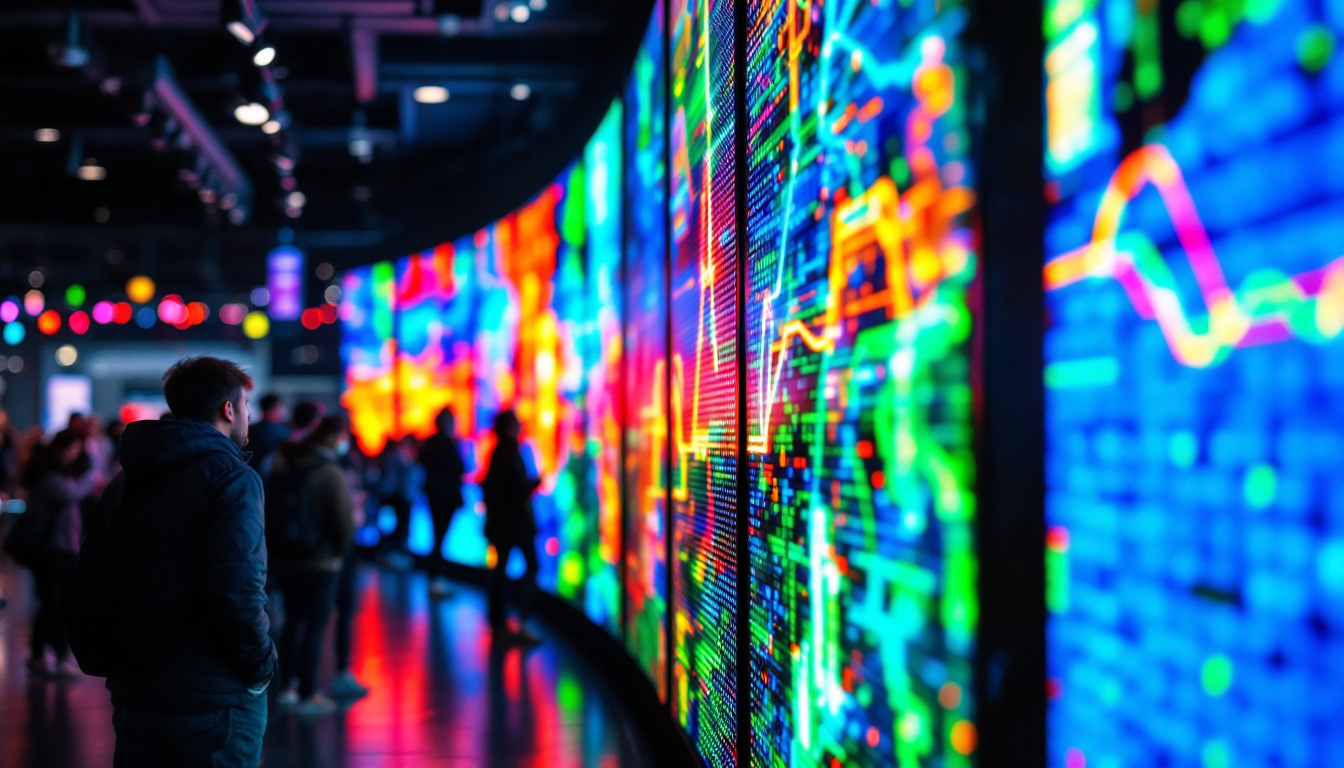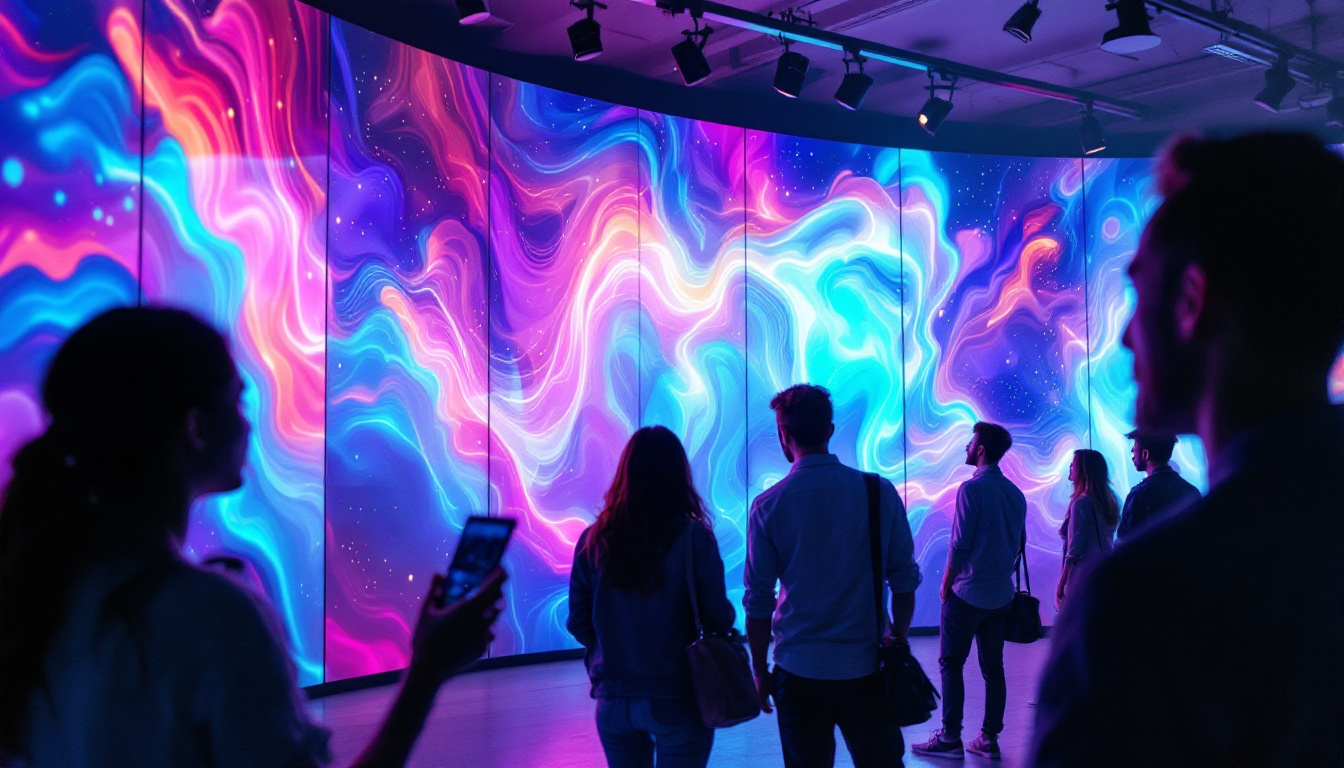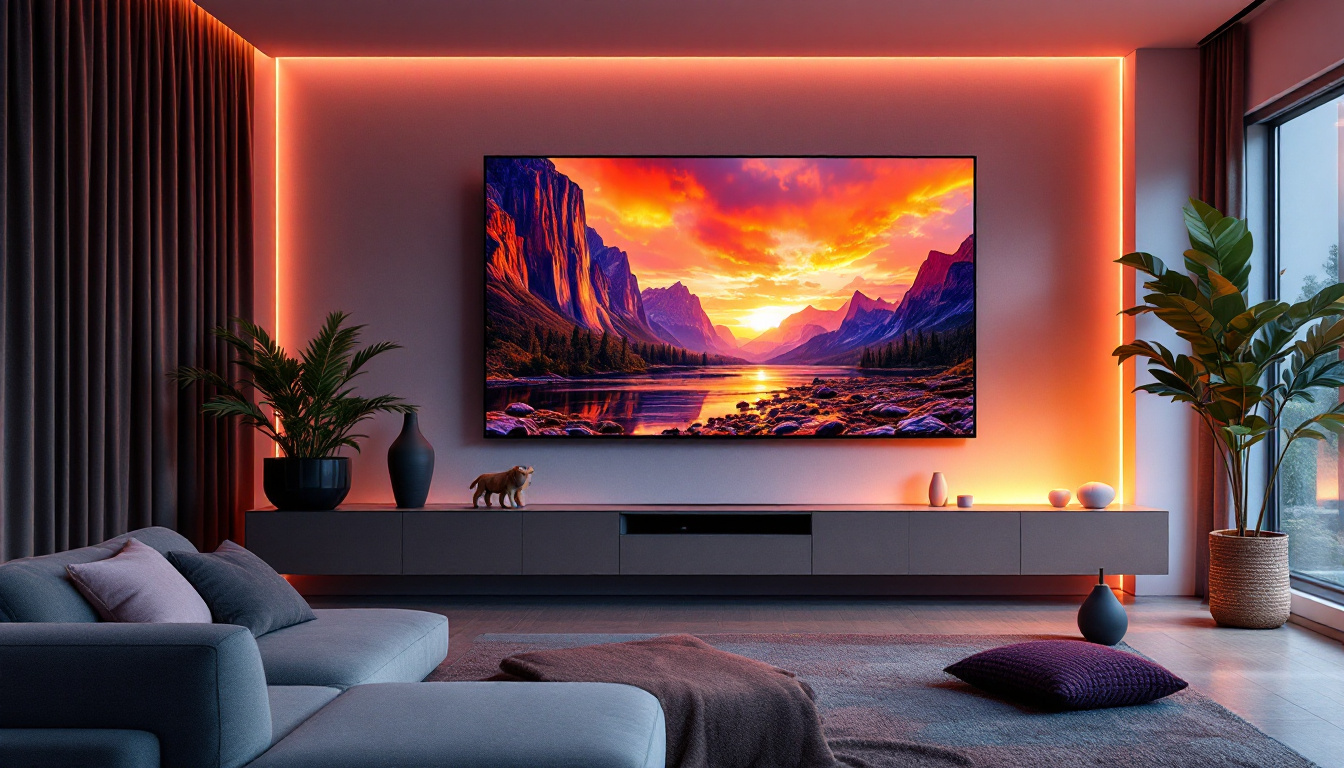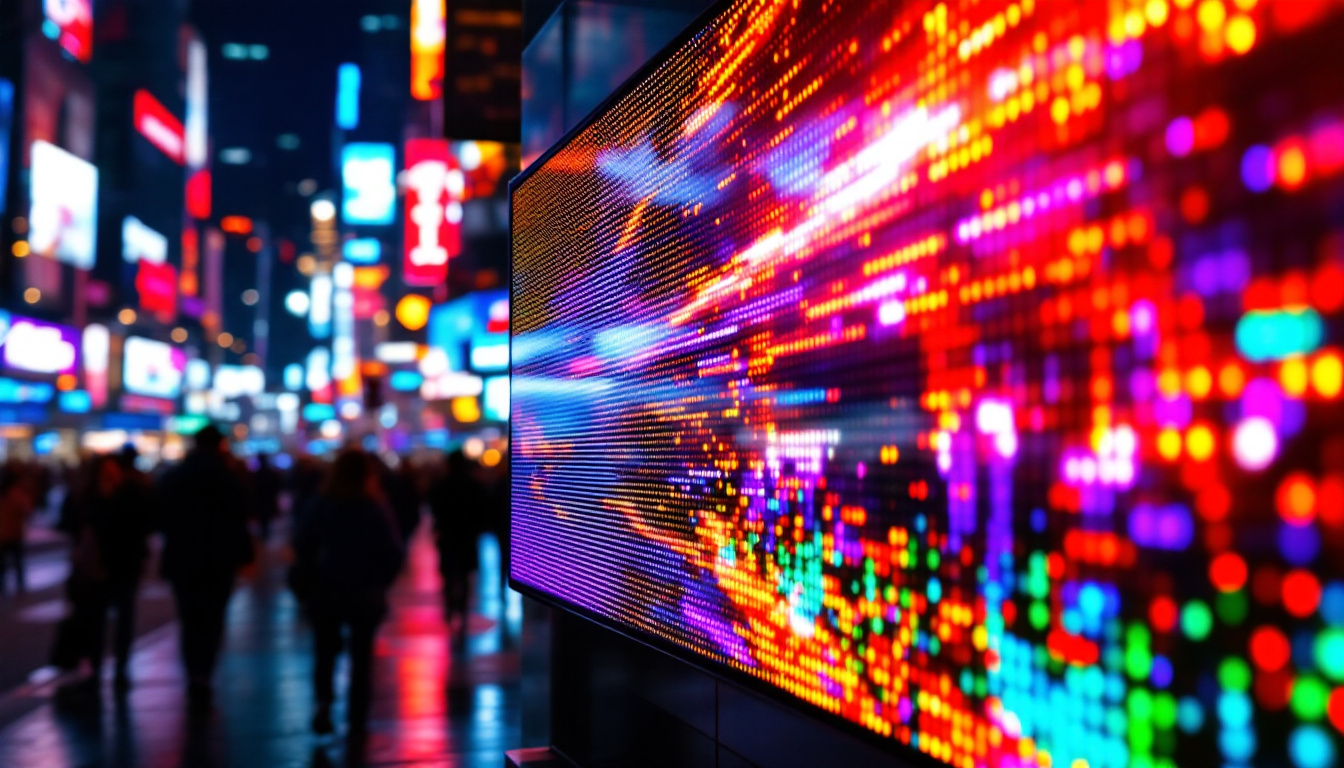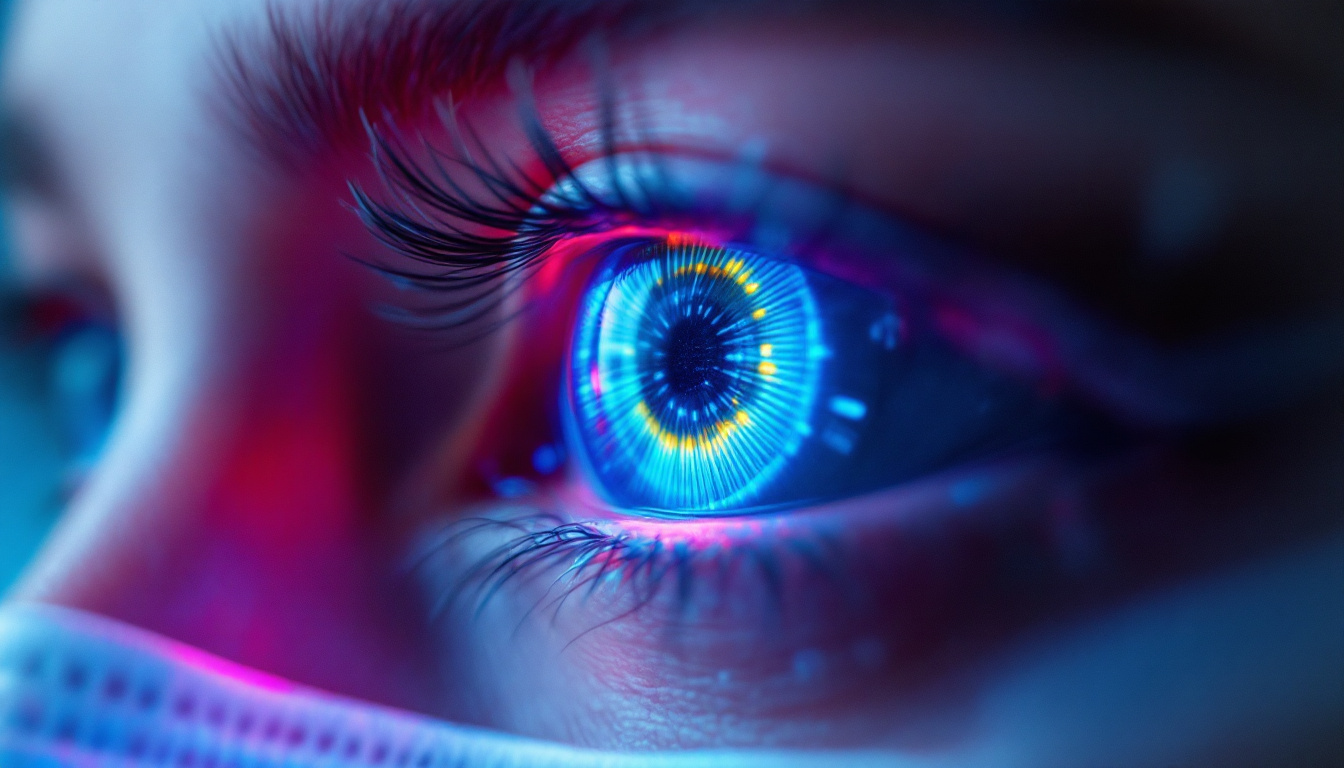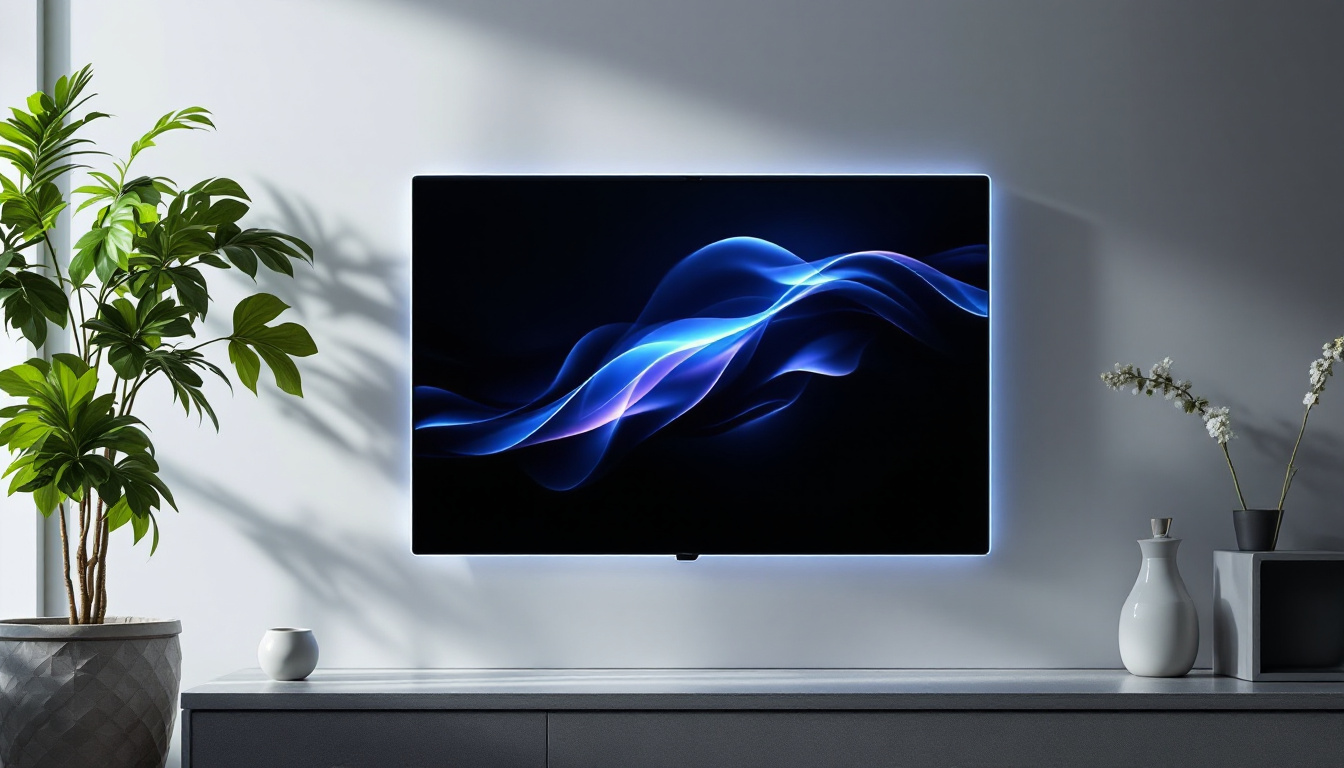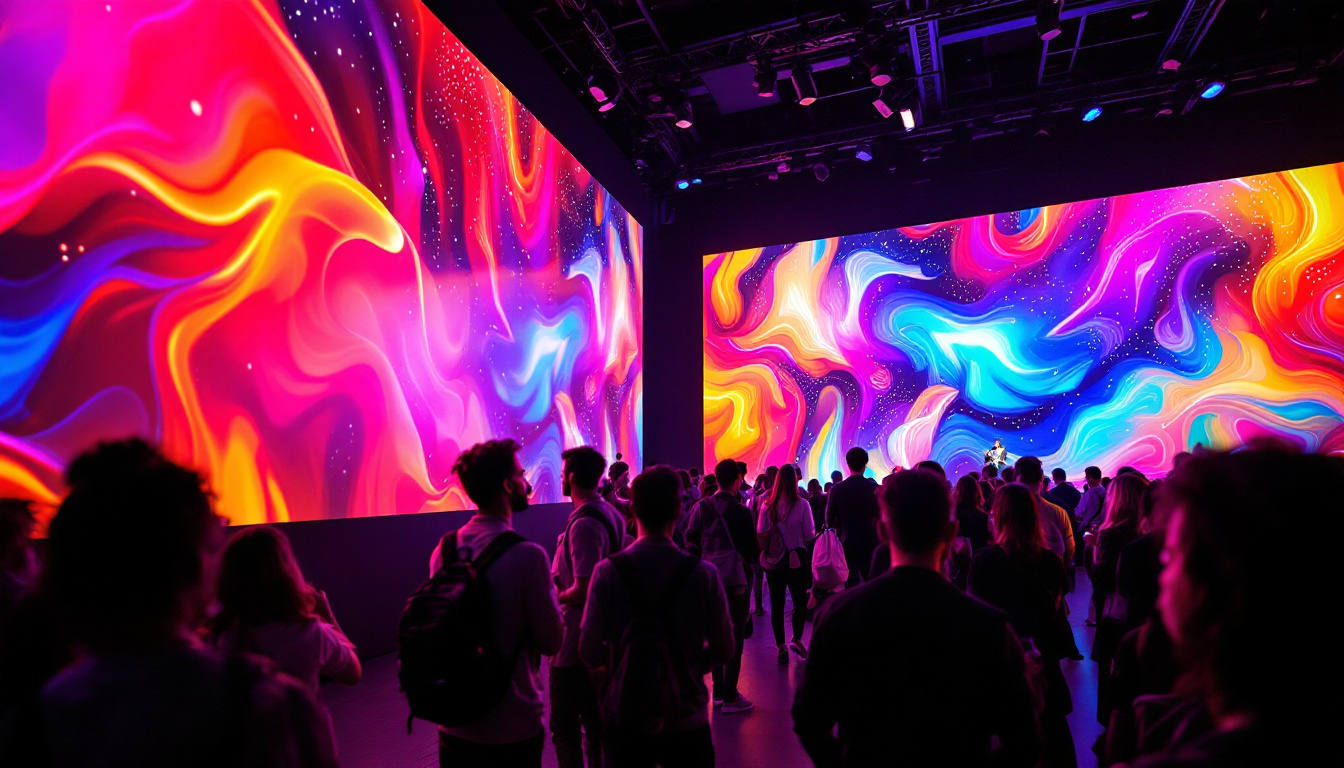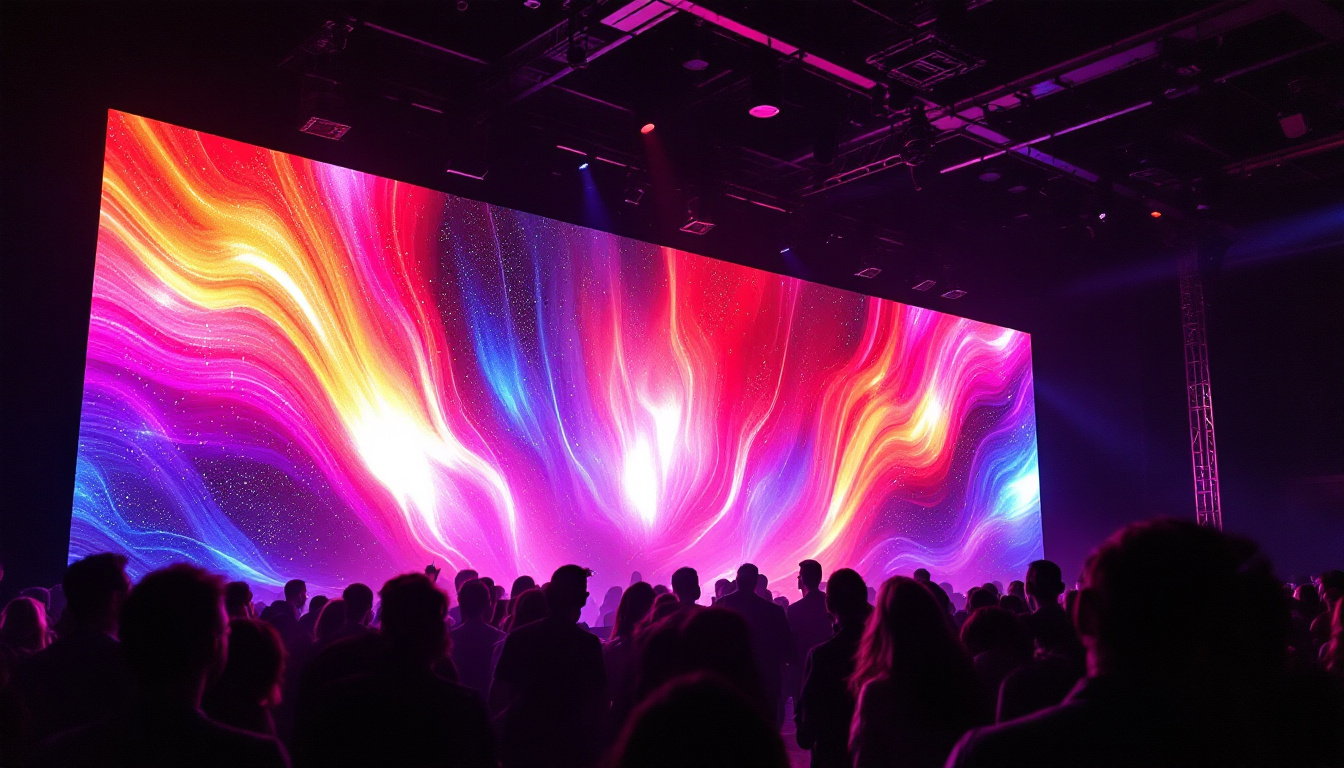In today’s digital age, LED displays have become an essential part of advertising, entertainment, and information dissemination. With their vibrant colors, high brightness, and versatility, LED displays are increasingly popular in various settings, from retail stores to concert venues. This article will explore the different types of LED displays available for sale, their applications, and the technology behind them.
Understanding LED Technology
LED, or Light Emitting Diode, is a semiconductor device that emits light when an electric current passes through it. This technology has revolutionized the way displays are designed and utilized, offering numerous advantages over traditional display methods.
How LED Displays Work
LED displays consist of numerous tiny LEDs arranged in a grid pattern. Each LED can emit different colors, and by combining these colors, a full spectrum of hues can be produced. The brightness of the display can be adjusted by varying the current supplied to each LED, allowing for dynamic visual effects.
There are two primary types of LED displays: direct view and backlit. Direct view LED displays are made up of individual LEDs that form the entire image, while backlit displays use LEDs to illuminate a liquid crystal display (LCD) panel from behind. Both types have their unique benefits and applications.
Advantages of LED Displays
LED displays offer several advantages over traditional display technologies. Firstly, they are energy-efficient, consuming significantly less power than older technologies like incandescent or fluorescent displays. This efficiency not only reduces operational costs but also contributes to a lower carbon footprint.
Additionally, LED displays provide superior brightness and contrast, making them visible even in bright daylight. Their durability and long lifespan further enhance their appeal, as they can withstand harsh environmental conditions and require minimal maintenance.
Types of LED Displays
When considering an LED display for sale, it is essential to understand the various types available. Each type serves different purposes and is suited for specific environments.
Indoor LED Displays
Indoor LED displays are designed for use in enclosed spaces, such as shopping malls, conference rooms, and theaters. They typically have a higher pixel density, resulting in sharper images and text. These displays are perfect for advertising, presentations, and event broadcasting.
Common applications include digital signage, video walls, and interactive displays. The ability to customize content and easily update information makes indoor LED displays a popular choice for businesses looking to engage customers effectively.
Outdoor LED Displays
Outdoor LED displays are built to withstand the elements, featuring weatherproof casings and higher brightness levels to ensure visibility in direct sunlight. These displays are commonly used for billboards, sports arenas, and public transportation stations.
Outdoor displays often utilize larger pixels, which can still deliver stunning visuals from a distance. Their robust construction allows them to function reliably in various weather conditions, making them ideal for long-term outdoor advertising campaigns.
Transparent LED Displays
Transparent LED displays are an innovative solution that combines transparency with high-quality visuals. These displays are made up of a grid of LEDs that allow light to pass through, making them suitable for applications where visibility is essential, such as store windows and architectural installations.
They provide a unique way to showcase products while still allowing customers to see inside the store. This technology is gaining traction in retail environments, where creating an eye-catching display can significantly impact foot traffic.
Applications of LED Displays
The versatility of LED displays allows them to be used in a wide range of applications across various industries. Understanding these applications can help businesses make informed decisions when purchasing an LED display.
Advertising and Marketing
One of the most common uses of LED displays is in advertising and marketing. Businesses leverage the eye-catching visuals and dynamic content capabilities of LED displays to attract customers and convey their brand message effectively. From large billboards to smaller digital signage in stores, LED displays can be tailored to fit any marketing strategy.
Moreover, the ability to change content quickly allows businesses to promote special offers or events in real-time, enhancing customer engagement and driving sales.
Entertainment and Events
In the entertainment industry, LED displays play a crucial role in enhancing the visual experience. Concerts, festivals, and sporting events often feature large LED screens that display live feeds, graphics, and animations, immersing the audience in the performance.
Additionally, LED displays are used in theaters and cinemas to create stunning backdrops and visual effects. Their high resolution and vibrant colors contribute to a more engaging viewing experience for audiences.
Information Display
LED displays are also widely used for information dissemination in public spaces. Airports, train stations, and bus terminals utilize LED screens to display real-time information about arrivals, departures, and schedules. This instant access to information helps improve the overall travel experience for passengers.
Furthermore, educational institutions are increasingly adopting LED displays in classrooms and lecture halls to enhance learning. These displays can present interactive content, making lessons more engaging and informative.
Choosing the Right LED Display
When considering an LED display for sale, several factors should be taken into account to ensure the right choice is made for specific needs.
Resolution and Pixel Pitch
The resolution of an LED display is critical for image quality. Higher resolution displays have more pixels per square inch, resulting in sharper images and clearer text. Pixel pitch, which refers to the distance between the centers of two adjacent pixels, also plays a significant role in determining resolution. A smaller pixel pitch indicates a higher resolution, making it ideal for applications where viewers are closer to the display.
For indoor displays, a pixel pitch of 1.5mm to 3mm is commonly recommended, while outdoor displays typically range from 5mm to 16mm, depending on viewing distance.
Brightness and Contrast Ratio
Brightness is another crucial factor to consider, particularly for outdoor displays. Measured in nits, the brightness level should be sufficient to ensure visibility in various lighting conditions. For outdoor displays, a brightness level of at least 5,000 nits is often recommended to combat sunlight glare.
Contrast ratio, which measures the difference between the darkest and lightest parts of an image, also affects visual quality. A higher contrast ratio results in more vibrant colors and better image clarity, enhancing the overall viewing experience.
Durability and Maintenance
Durability is essential, especially for outdoor LED displays that must withstand harsh weather conditions. Look for displays with weatherproof ratings and robust construction to ensure longevity. Additionally, consider the maintenance requirements of the display. Some LED displays come with features that simplify maintenance, such as modular designs that allow for easy component replacement.
Installation and Setup
Once the right LED display has been selected, the next step is installation. Proper installation is crucial for optimal performance and longevity.
Professional Installation Services
While some businesses may opt for DIY installation, hiring professional installation services is often recommended. Experts can ensure that the display is mounted securely and configured correctly for the best viewing experience. They can also provide guidance on optimal placement, taking into account factors such as viewing angles and ambient lighting.
Additionally, professionals can assist with integrating the display into existing systems, such as content management software and network connectivity, ensuring seamless operation.
Content Management and Updates
After installation, managing the content displayed on the LED screen is essential. Many LED displays come with content management systems (CMS) that allow users to create, schedule, and update content easily. This capability enables businesses to keep their messaging fresh and relevant, maximizing the impact of their displays.
Regular updates can also help maintain audience engagement, as viewers are more likely to return if they know new content will be available frequently.
Future Trends in LED Display Technology
The LED display industry is continuously evolving, with new technologies and trends emerging regularly. Staying informed about these developments can help businesses make strategic decisions regarding their display investments.
Advancements in MicroLED Technology
MicroLED technology is one of the most exciting advancements in the LED display market. This technology utilizes microscopic LEDs to create displays with exceptional brightness, color accuracy, and energy efficiency. MicroLED displays can be made thinner and lighter than traditional LED displays, making them ideal for various applications, including wearables and large-scale installations.
As MicroLED technology continues to mature, it is expected to become more accessible and affordable, opening up new possibilities for businesses and consumers alike.
Integration with Smart Technologies
Another trend is the integration of LED displays with smart technologies, such as the Internet of Things (IoT) and artificial intelligence (AI). These integrations can enhance the functionality of LED displays, allowing for real-time data analysis, personalized content delivery, and improved audience engagement.
For example, smart LED displays can analyze viewer demographics and adjust content accordingly, ensuring that the right message reaches the right audience at the right time.
Sustainability and Eco-Friendly Practices
As sustainability becomes a priority for many businesses, the LED display industry is also focusing on eco-friendly practices. Manufacturers are exploring ways to reduce waste, improve energy efficiency, and use recyclable materials in display production.
Investing in sustainable LED displays not only benefits the environment but can also enhance a company’s reputation and appeal to environmentally conscious consumers.
Conclusion
LED displays have transformed the way businesses communicate with their audiences, offering vibrant visuals and dynamic content capabilities. With various types available for sale, understanding the technology, applications, and selection criteria is crucial for making informed decisions.
As the industry continues to evolve, staying abreast of trends and advancements will enable businesses to leverage LED displays effectively, ensuring they remain competitive in an increasingly digital world. Whether for advertising, entertainment, or information dissemination, LED displays are poised to play a significant role in shaping the future of visual communication.
Discover LumenMatrix’s Innovative LED Solutions
Ready to elevate your visual communication with cutting-edge LED technology? Look no further than LumenMatrix, a pioneer in crafting immersive LED display modules tailored to your unique needs. From vibrant Indoor and Outdoor LED Wall Displays to dynamic Vehicle and Sports LED Displays, our solutions are designed to captivate and engage. Experience the future of digital signage with our Transparent, Floor, Custom, and All-in-One LED Displays. Embrace the power of LumenMatrix and transform your brand’s visibility today. Check out LumenMatrix LED Display Solutions and join the visual revolution.

